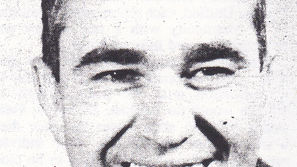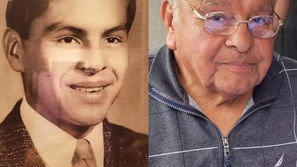Book Talk: Goodman’s ‘They Wish They Were Us’
- Jim Glynn
- Aug 17, 2022
- 3 min read
To say that Jessica Goodman’s debut novel, “They Wish They Were Us” (2020, 327 pages in paperback), is set in an exclusive community in New England doesn’t really convey the image that one needs to hold while reading this sophisticated and absorbing book. The setting is on Long Island’s Gold Coast where the titans of industry in the late 19th and very early 20th centuries built their mansions. I’d recommend googling “images: Gold Coast mansions, Long Island, NY, to get in the right frame of mind.
The book is marketed as a YA (young adult) novel, but it is absolutely suitable for any adult who has access to the Urban Dictionary in order to look up “beer pong” or “gorpcore attire” and also can deal with current teen language that may shock senior readers. It’s narrated by Jill Newman, a senior at exclusive Gold Coast Prep and a member of the even more elite Players, a not-so-secret secret society. Each year, eight freshmen are carefully selected to undergo the initiation process, and they eagerly endure humiliation, possible arrest, and even life-threatening “pops” to be considered part of the select few.
But Jill and her best friend Nikki are determined to change things, now that Nikki is “toastmaster.” When they were freshmen, Shaila Arnold was killed, not by hazing, but by a murderer. Her boyfriend, Graham Calloway, confessed, and has spent the past few years in a juvenile detention facility, awaiting transfer to a state prison upon his 18th birthday.
Midway through the year, Jill is contacted by Graham’s sister, Rachel, who believes that there is proof that her brother is actually innocent. Jill is torn between exploring the possibility that Graham didn’t kill Shaila and studying to maintain at least a 93 percent average (and preferably a 96 percent average in order to be accepted at Brown, one of the eight Ivy League colleges).
Ms. Goodman gets inside Jill’s mind and brings her readers with her. We can see the gears meshing as Jill weighs alternatives between conforming to the world of the Players and following her conscience to search for truth.
This puts Jill in a tenuous position. Secretly, she’s a “scholarship kid” from a family that gets by month to month. Yet, as a Player, she socializes with the children of families who can easily pay their kids’ way into whatever college they find desirable. Gifts of a million dollars are not uncommon, and parents are often absent from home because they are vacationing abroad or weekending “out east” in the Hamptons.
I was impressed by the off-hand manner in which Goodman, the op-ed editor for Cosmopolitan magazine, handles the lifestyle of the kids and families of the “one percent.” Their world is F. Scott Fitzgerald of the 1920s, only a hundred years later when drugs are abundant and easily attainable, a fourteen-year-old can walk into a liquor store and walk out with two cases of beer, and some teen’s luxurious home is always available on a weekend for “pops” or parties.
Some readers will be critical of the R-rated language used by the teens, the use of drugs and alcohol, and the casual attitudes toward sex. That’s a paradigm shift from 50 years ago. I recommend this book to adult readers who want to gain insight into a youth culture that may be quite foreign and reprehensible to them.
Enjoy.
• • •
Jim Glynn may be contacted at j_glynn@att.net.


























Comments